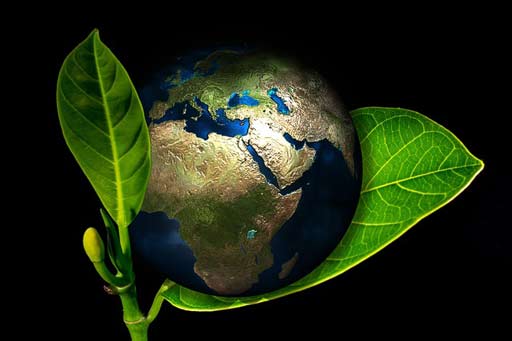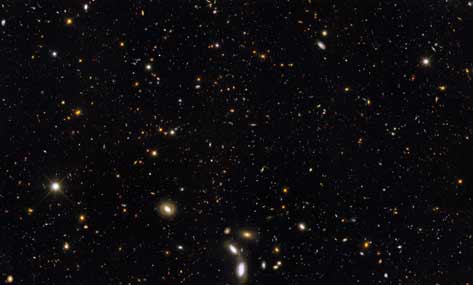Huge Ozone hole forming over North Pole

For the last several years, humans are seeing the result of their race for industrial development as climate change. One of the biggest disadvantages in this is the formation of a hole in the ozone layer above Antarctica. Recently, scientists have found that a similar hole is now forming above the Arctic at the North Pole.
Based on the data of the Copernicus Sentiel-5P satellite, scientists found that there has been a significant decline in the amount of ozone over the Arctic region. Scientists have concluded that it can be considered a hole in the ozone layer.
What is ozone layer?
Large amounts of ozone particles are found in the lower part of the stratosphere layer of the Earth’s atmosphere, which is called the ozone layer. This layer prevents harmful ultraviolet rays from the sun on the surface of the Earth, which can cause many problems like skin cancer.
Whenever there is a hole in the ozone layer, the hole in the ozone layer above Antarctica comes to mind. Here the amount of ozone has been reduced due to pollution, which gives the opportunity for ultraviolet rays to come to the surface of the earth.
Scientists believe that the ozone hole had been improving for the last few years. This was possible when the Montréal Protocol was in force since 1987. Which banned the emission of chlorofluoro carbon material worldwide.
But now, apart from this, scientists have also found that a similar hole is now being built above the Arctic of the North Pole. According to an article published in the Daily Mail about this, scientists have estimated that there has been a significant drop in the amount of ozone over the Arctic region, based on data from the Copernicus Sentiel-5P satellite. That is, it can be considered a hole in the small ozone layer.
Regarding this, scientists said that even before this very small holes have been seen above the Arctic region, but this year it is looking much bigger than before. Scientists say that this hole is about one million square kilometers area.









